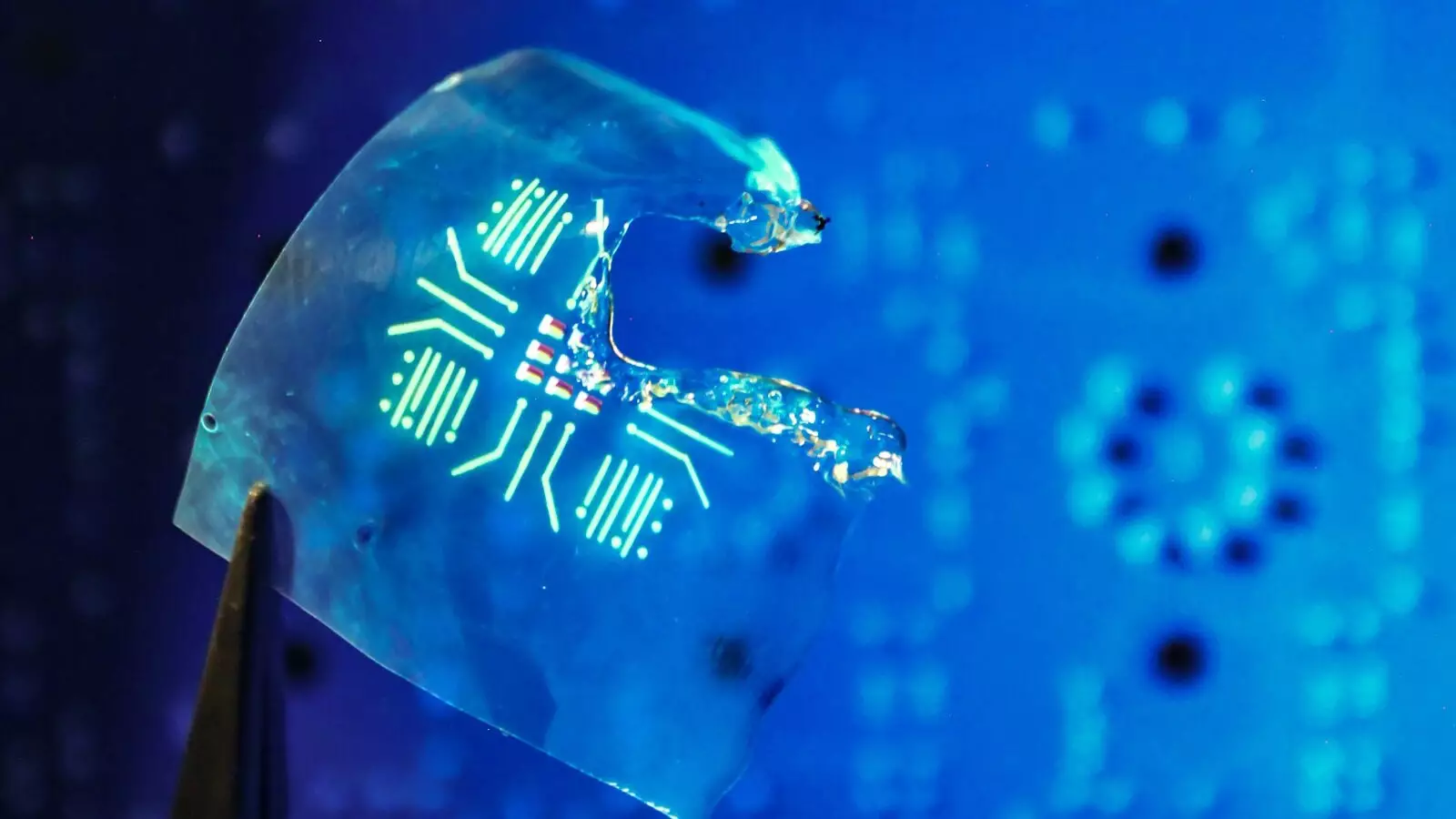In a world increasingly defined by technology, our dependence on electronic devices is undeniable. From the conveniences of navigation systems to the vibrant visuals on our screens, luminescent polymers are silently at work, enabling the functionalities we often take for granted. Yet, lurking beneath this technological marvel is a gloomy shadow—our growing electronic waste crisis. As we discard our devices, the polymers that once illuminated our lives are left to contribute to an ever-expanding mound of refuse. The innovative strides in luminescent polymer technology present not just a glimmer of hope but a powerful spearhead against this looming environmental disaster.
Unpacking the Problem of Electronic Waste
The process of recycling electronic products is neither straightforward nor efficient. As the world grapples with a staggering increase in electronic waste, estimated to reach an alarming $260 billion market cap by 2032, the challenges mount. Traditional recycling methods for luminescent polymers are not only costly; they also demand substantial energy, contributing further to our ecological footprint. This undercurrent of inefficiency calls for a transformative approach to material design—one that intertwines the very essence of sustainability with functionality from the get-go.
A Game-Changing Research Initiative
Addressing these pressing issues head-on, a pioneering research initiative led by the U.S. Department of Energy’s Argonne National Laboratory, alongside esteemed academics from institutions such as the University of Chicago and Purdue University, has yielded awe-inspiring results. These researchers have cracked the code to create luminescent polymers that are not only biodegradable and recyclable but maintain their exceptional light-emitting capabilities. By integrating tert-butyl ester into the polymer matrix, they have devised a solution that allows the material to break down under benign conditions like mild heat or acidic environments, addressing the recycling challenge effectively while preserving performance.
A Leap Forward in Efficiency
Interestingly, the new design boasts a remarkable external quantum efficiency of 15.1% in electroluminescence—a substantial leap compared to existing alternatives in quality and sustainability. For context, this figure represents a tenfold improvement, fostering optimism that these materials could not only match but potentially surpass current luminescent polymers in effectiveness. The underlying rationale driving this innovation is the understanding that sustainability must not compromise functionality.
Looking Ahead: Expanding Horizons of Application
Researchers envision a future where these advanced luminescent polymers can enhance various existing technologies such as medical imaging and display devices while also unlocking new avenues for innovation. The vital focus is to ensure that the design process integrates viability and applicability, ensuring that the materials fulfill real-world needs effectively. The ambition to scale this groundbreaking technology from laboratory conditions to everyday electronics, including smartphones and computer screens, reflects a commitment to marrying scientific exploration with practical implementation.
The Call for Sustainable Innovation
As Jie Xu, the lead scientist on the project, astutely points out, the shift toward sustainability in electronics manufacturing is more than a technical challenge—it is an ethical imperative. With projections for the electronic sector’s growth highlighting a significant trajectory, it is urgent that stakeholders begin prioritizing designs that are both functional and environmentally sound. The successful depolymerization proof-of-concept stands as a beacon for future endeavors, urging us to discard the old narrative of disposability in favor of an ethos rooted in conscientious consumption and production.
The implications of this groundbreaking research extend beyond mere academic curiosity; they invite every stakeholder in the electronics industry—designers, manufacturers, consumers—to contribute to a more sustainable future. In embracing the potential of biodegradable and recyclable materials, we not only honor the innovations of today but also safeguard the environment for generations to come. In an era marked by unprecedented technological growth, the challenge lies not just in creation but in our ability to create responsibly. The evolution of luminescent polymers symbolizes a clarion call for sustainable practices and the hopeful dawn of a greener, brighter future.


Leave a Reply